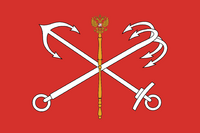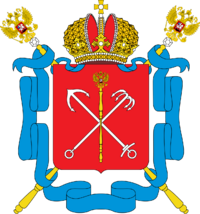Saint Petersburg
Saint Petersburg is the capital of the Russian Empire. The largest city in the Russian Empire by population and area — 96 people and 638 chunks, is one of the ten largest cities in the world.
Russian historical capital of the northern Russian states, was founded in late 2018 and was the capital of the first Russian state, was called Leningrad. St. Petersburg is home to the residence of the Emperor of Russia, the Government House of the Russian Empire, and the offices of Russian ministries, TV and radio companies, and business organizations. Also, in St. Petersburg is the Russian residence of the Pope.
Saint Petersburg is located in the north-west of the country, on the coast of the Gulf of Finland, Lake Ladoga and at the mouth of the Neva River. The city borders Finland and Terra Mariana.
It is named after St. Peter, the patron saint of the founding tsar, but over time has become increasingly associated with the name of Peter I. The city is historically and culturally associated with the birth of the Russian Empire and Russia's entry into modern history as a European great power.
In St. Petersburg, a large number of historical and cultural monuments of Russia: cathedral of the Savior on Spilled Blood, Peterhof, Russian Government House, Europolis, Elgik Museum. In addition, the residential buildings of Voznesensky Prospekt, Rafi Street and Finskaya Embankment are considered one of the oldest in Russia and are also listed as historical and cultural monuments. Near St. Petersburg is the Novgorod Kremlin, which is also included in this list. In the north of St. Petersburg, the original buildings of the Leningrad period have been preserved. In the north-west of St. Petersburg, on the modern territory of Finland, an obelisk in memory of the Russian soldiers who died in October 2020 during the Finnish War has been preserved.

